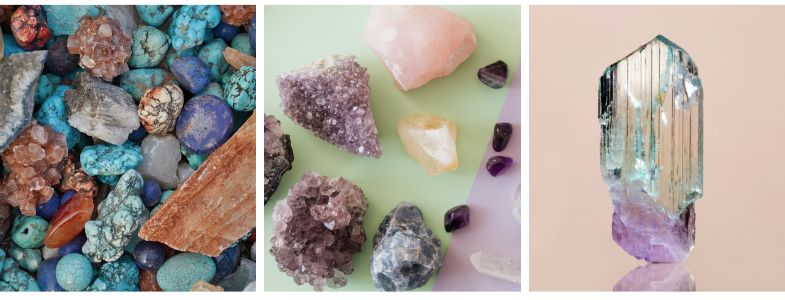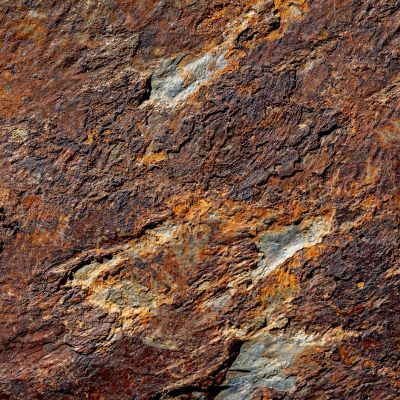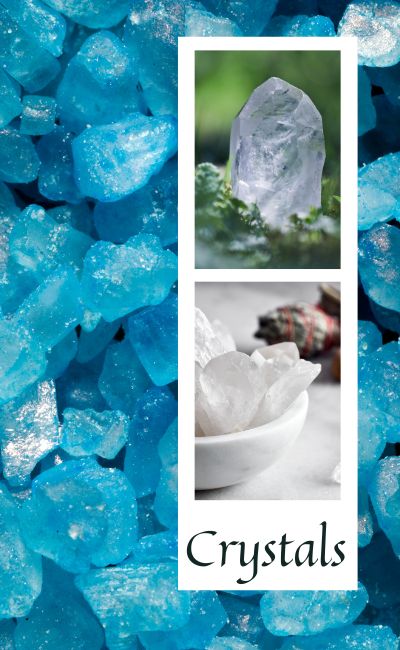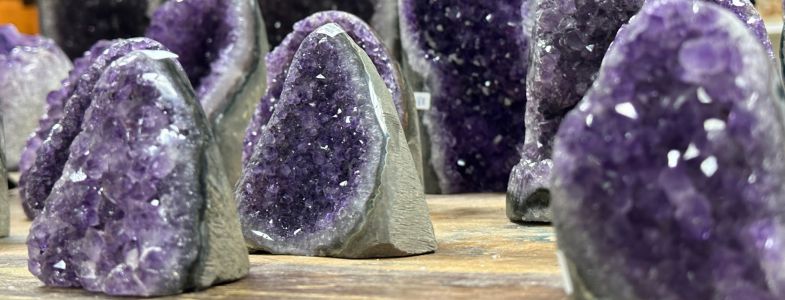You have no items in your shopping cart.
Are rocks and crystals the same?

People have commonly used the term rocks and crystals interchangeably. However in the world of crystal and rock lovers alike, these terms have their own significant meanings.
Rocks
A rock is classified as an inorganic and solid naturally formed substance without either chemical compositions or atomic structure. A rock is formed by either a single mineral or by two or more minerals compounded together. The three types of rocks included in the rock cycle are metamorphic, igneous, and sedimentary rocks.

Metamorphic
These forms of rocks are shaped by applying intense heat and pressure to an already existing rock. Since metamorphic rocks are formed of layers, the intense heat and pressure cause these rocks to recrystallize which then composes the various layers. These layers can vary in thickness, texture, color, and even in composition. These types of rocks are mainly found where the tectonic plates collide.

Igneous
When molten rock or otherwise known as magma crystallizes and cools down igneous rocks are formed. Based on the magma these rocks cool from, Igneous rocks can have a variety of compositions. Due to this, there are two forms of igneous rocks known as intrusive and extrusive. Formed from lava on the surface of the earth are extrusive rocks, while intrusive rocks are formed from within the crust of the earth from cooling magma that has solidified.

Sedimentary
These rocks are formed by pre-existing rock pieces that have broken off due to weathering, which are then compacted over time to create what we know as sedimentary rocks. What is interesting about sedimentary rocks is that these important resources give us an inside look on the earth's past. The most familiar forms of sedimentary rocks include limestone, sandstone, and shale.
Crystals
Crystals are classified as minerals which have formed into crystalline structure. These crystalline structures can take up to a thousand or million years to form. How might these structures form one might ask, well through the process of crystallization, once a solid is separated from either a liquid or gas there are atoms which band tightly together in order to form these crystalline structures. In fact, sometimes these crystals may contain a similar chemical composition but where the difference lies is with the formation of atoms. The difference in formation of atoms changes the end result, and for example what started out as quartz could then turn into either rose quartz, citrine, or amethyst.

Rock vs Crystal: Are they really the same?
In the grand scheme of things, a rock is not a crystal and a crystal is not a rock. However, though they are not the same thing these two things coexist together in what is known as geodes! Where these two worlds collide, a geode is known to be a rock with a cavity located within which is lined with crystals.

Geodes can be formed in either sedimentary or igneous rocks. What creates the hollow cavity within an igneous rock, is as the magma cools within the stone a gas bubble is then trapped inside. When formed within igneous rocks, what creates the cavity is dissolving groundwater within an existing structure already found inside the rock. The crystals found inside the forming geode are composed once minerals have been stored onto the cavity walls.
Where to find them: rock, crystals, geodes, and so much more!
Fall in love with these dazzling rocks with a surprise inside and shop our wonderful collection of geodes here at Gem Avenue! Not only do we offer stunning geodes but also a multitude of beautiful rocks and crystals to pick and choose from. Come on in and shop in our retail store located at 400 Arrowhead Dr E Charlotte, North Carolina. Can’t come visit us in store? No problem! Shop on our website GemAvenue.com

For our business owners, we offer an amazing variety at incredible prices! Come shop at our wholesale crystal warehouse (no appointment needed) located at 400 Arrowhead Dr E Charlotte, North Carolina, or shop 24/7 on our wholesale website GemAvenueRockShop.com.

